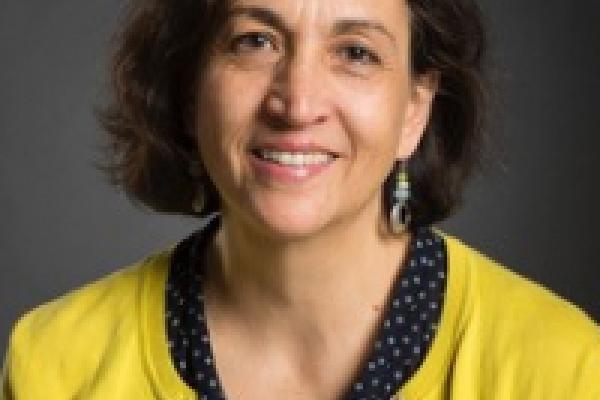
In today’s global and technological society, an individual’s capacity to identify and understand quantitative situations is essential. Quantitative literacy is arguably a prerequisite for most physics courses and ideally further develops there; mathematical reasoning flexibility across physics contexts is a desirable learning outcome of these courses for all students, regardless of major. There is a growing body of evidence that physics students, even majors, struggle to assimilate the sophisticated ways that experts use simple mathematics in physics. Physics Quantitative Literacy (PQL) is a set of interconnected skills and habits of mind that support quantitative reasoning about the physical world. In spite of being an important objective of physics instruction, there does not yet exist a validated instrument for assessing to what extent physics courses actually develop PQL. In this talk I will present the PIQL, Physics Inventory of Quantitative Literacy, which is currently under development in a multi-institution collaboration. PIQL targets introductory physics - where the “math world” and “physical world” meet - assessing students’ proportional reasoning, co-variational reasoning, and reasoning with signed quantities as they are used in physics. Unlike concept inventories, which assess conceptual mastery of specific physics ideas, PIQL is a reasoning inventory that can provide snapshots of student ideas that are continuously developing. Item distractors are constructed based on the different established natures of the mathematical objects in physics contexts (e.g. the negative sign as a descriptor of charge type and the negative sign as indicator of opposition in Hooke’s law). I will show how PIQL can help researchers better understand the development of mathematical reasoning, and how it can help instructors better assess the development of PQL in their courses. This work is support by the National Science Foundation DUE-IUSE # 1832836, # 1832880, and # 1833050.
